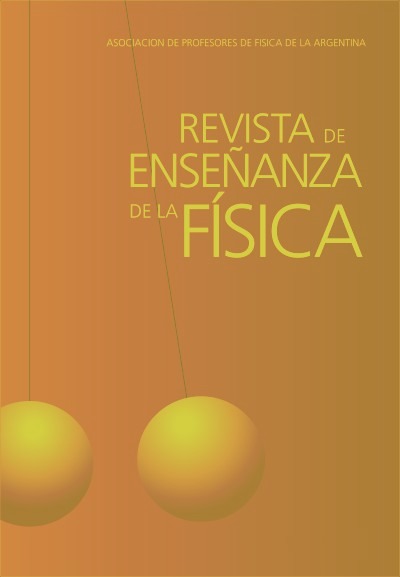Relationship maps to make students' thinking visible
Keywords:
Didactic, Visible thinking, Learning and teaching in PhysicsAbstract
There are several ways to explain the mental models of students. In this work we present the preliminary results observed in the
Physics III class, from the implementation of relationship maps as a tool for graphic recording which allows us to visualize the final mental models of the students. Those relationship maps that the students managed to build and reconstruct after various exchanges with the teaching team and with their peers. In these records, the students `thinking can be made visible, the enrichment of their initial relationship maps, the modifications made, all are the product of their mental models` modifications. Relationship maps have also been a convenient tool for evaluating, while the students were building the maps it was possible for us to identify some relationships or misconceptions, and later organize an individual and/or group discussion.
Downloads
Published
Issue
Section
License

This work is licensed under a Creative Commons Attribution-NonCommercial-NoDerivatives 4.0 International License.
Aquellos autores/as que tengan publicaciones con esta revista, aceptan los términos siguientes:Los autores/as conservarán sus derechos de copiar y redistribuir el material, bajo los términos estipulados en la Licencia de reconocimiento, no comercial, sin obras derivadas de Creative Commons que permite a terceros compartir la obra bajo las siguientes condiciones:
- Reconocimiento — Debe reconocer adecuadamente la autoría, proporcionar un enlace a la licencia e indicar si se han realizado cambios. Puede hacerlo de cualquier manera razonable, pero no de una manera que sugiera que tiene el apoyo del licenciador o lo recibe por el uso que hace.
- NoComercial — No puede utilizar el material para una finalidad comercial.
- SinObraDerivada — Si remezcla, transforma o crea a partir del material, no puede difundir el material modificado.
- Los autores/as podrán adoptar otros acuerdos de licencia no exclusiva de distribución de la versión de la obra publicada (p. ej.: depositarla en un archivo telemático institucional o publicarla en un volumen monográfico) siempre que se indique la publicación inicial en esta revista.
- Se permite y recomienda a los autores/as difundir su obra a través de Internet (p. ej.: en archivos telemáticos institucionales o en su página web) antes y durante el proceso de envío, lo cual puede producir intercambios interesantes y aumentar las citas de la obra publicada. (Véase El efecto del acceso abierto).










